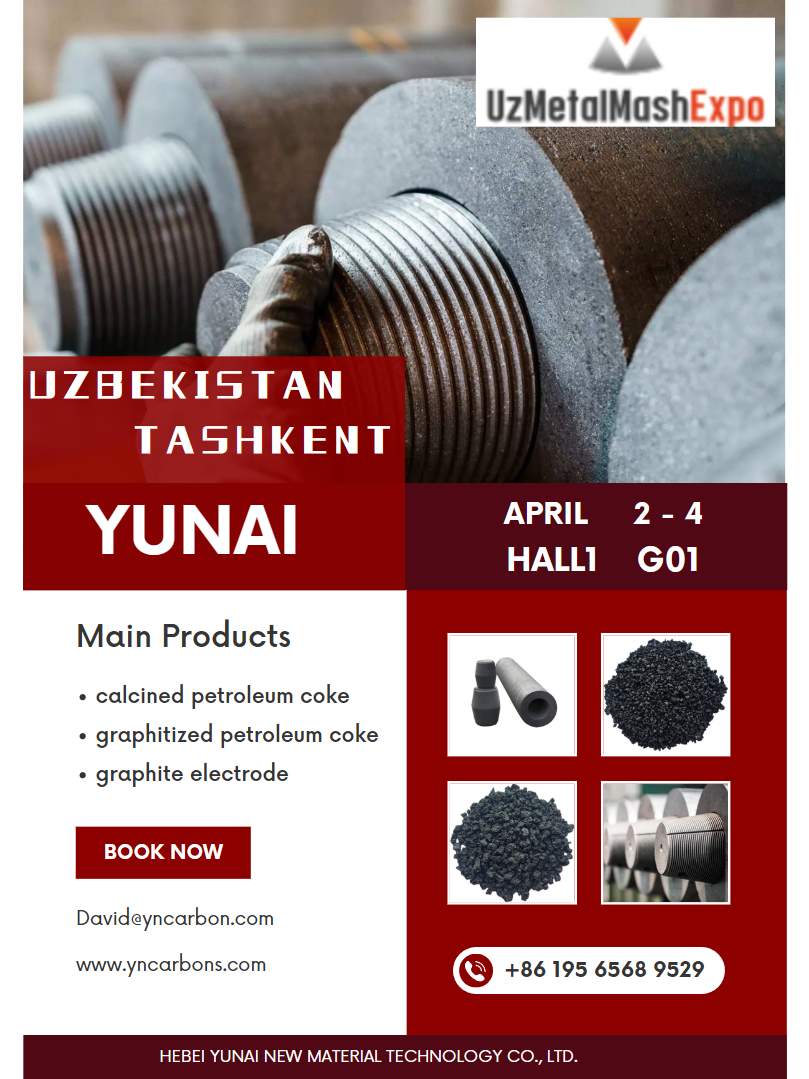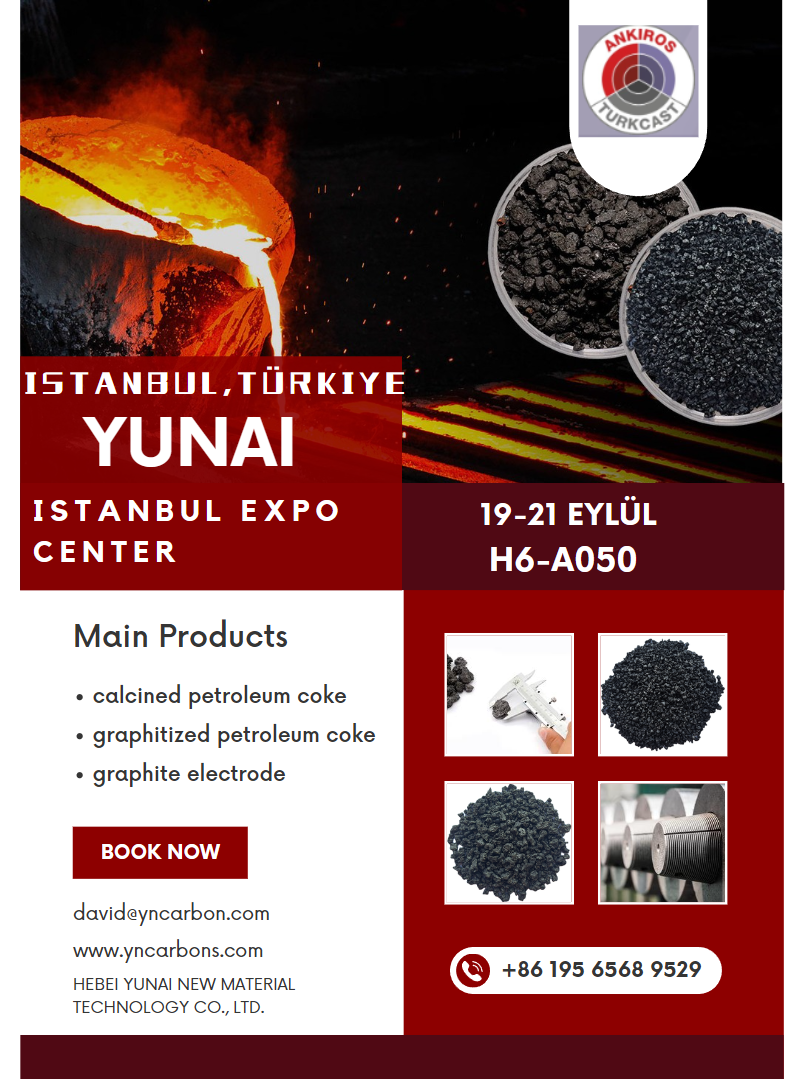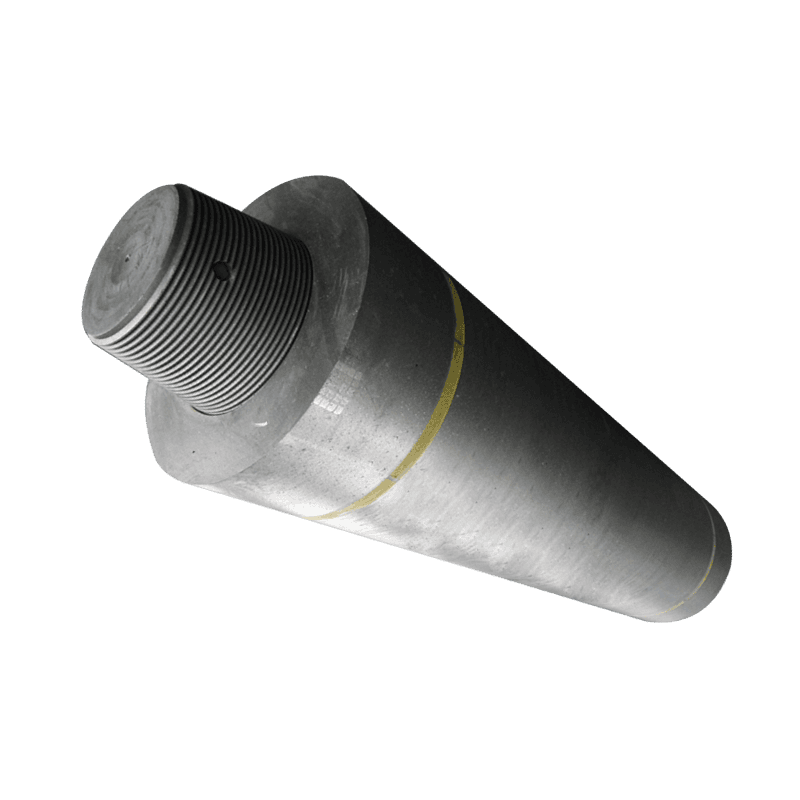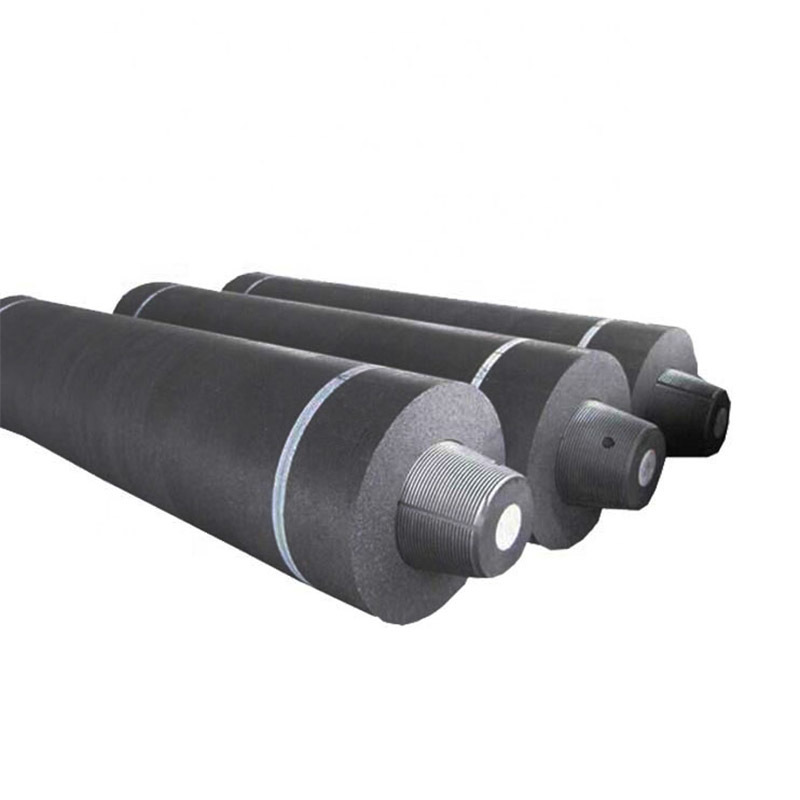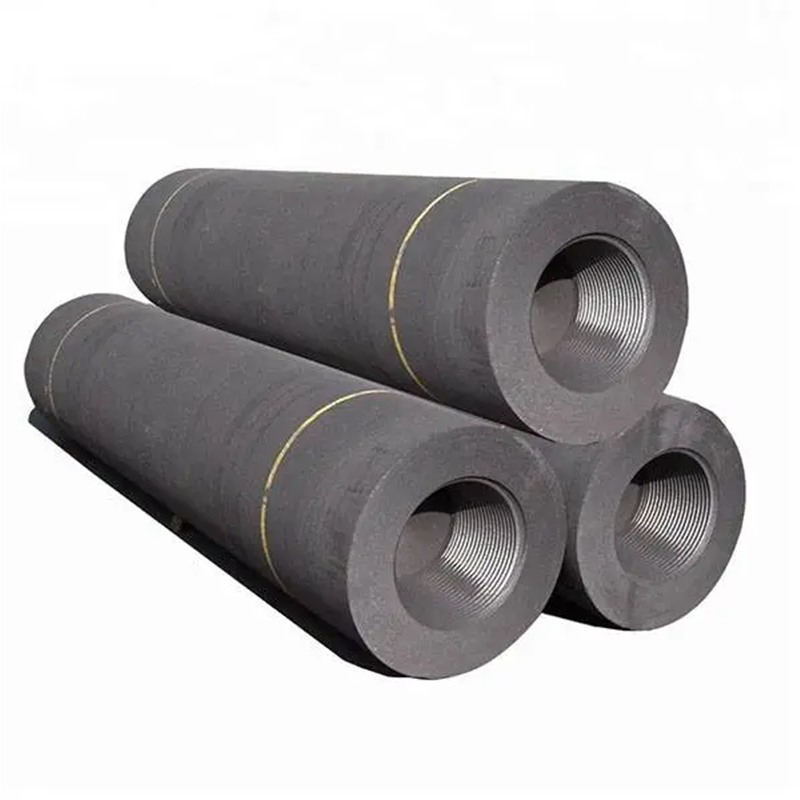Revolutionizing UHP Graphite Electrode Manufacturing: Cutting-Edge Innovations and Techniques
Release Time:
May 05,2025
Innovations in UHP Graphite Electrode Manufacturing Techniques Table of Contents 1. Introduction to UHP Graphite Electrodes 2. Importance of UHP Graphite Electrodes in Modern Industry 3. Traditional Manufacturing Processes of UHP Graphite Electrodes 4. Innovations in UHP Graphite Electrode Manufacturing Techniques 4.1 Advanced Materials and Their Impact

Innovations in UHP Graphite Electrode Manufacturing Techniques
Table of Contents
- 1. Introduction to UHP Graphite Electrodes
- 2. Importance of UHP Graphite Electrodes in Modern Industry
- 3. Traditional Manufacturing Processes of UHP Graphite Electrodes
- 4. Innovations in UHP Graphite Electrode Manufacturing Techniques
- 4.1 Advanced Materials and Their Impact
- 4.2 Automation in the Manufacturing Process
- 4.3 Enhanced Quality Control Techniques
- 4.4 Sustainable Manufacturing Practices
- 5. Future Trends in UHP Graphite Electrode Manufacturing
- 6. Challenges in the Production of UHP Graphite Electrodes
- 7. Conclusion
- 8. Frequently Asked Questions (FAQs)
1. Introduction to UHP Graphite Electrodes
Ultra High Power (UHP) graphite electrodes are critical components in the electric arc furnace (EAF) steel manufacturing process. These electrodes are utilized in producing steel and other metals through melting scrap materials. The increasing demand for high-quality steel and other alloys has accentuated the need for advancements in the manufacturing techniques of UHP graphite electrodes.
This article provides an in-depth exploration of the latest innovations in UHP graphite electrode manufacturing techniques, showcasing how these advancements enhance performance, reduce costs, and promote sustainability.
2. Importance of UHP Graphite Electrodes in Modern Industry
The significance of UHP graphite electrodes transcends their primary function in metal production. They play a vital role in ensuring efficiency and sustainability in the metallurgical industry. Key reasons for their importance include:
- **High Conductivity**: UHP graphite electrodes exhibit superior electrical conductivity, enabling efficient energy transfer during the metal melting process.
- **Thermal Resistance**: The ability to withstand extreme temperatures without degrading is crucial for continuous operation in electric arc furnaces.
- **Cost-efficiency**: The use of high-quality UHP graphite electrodes reduces energy consumption and operational costs, contributing to overall economic efficiency in steel production.
- **Quality of Output**: The quality of the electrodes directly influences the quality of the steel produced, making their performance critical to manufacturing standards.
3. Traditional Manufacturing Processes of UHP Graphite Electrodes
Historically, the manufacturing of UHP graphite electrodes involves several key processes:
- **Raw Material Selection**: High-quality needle coke is chosen for its superior characteristics, which influence the final product's performance.
- **Forming**: The selected coke is mixed with a binder and formed into the desired shape using hydraulic presses.
- **Carbonization**: The formed electrodes are subjected to high-temperature treatment to remove volatile components and convert the material into carbon.
- **Graphitization**: This process involves heating the carbonized electrodes to even higher temperatures, aligning the carbon atoms for optimal conductivity and strength.
- **Machining**: Finally, the electrodes are machined to precise dimensions, ensuring compatibility with EAFs.
While these traditional methods have been effective, recent innovations are redefining the manufacturing landscape.
4. Innovations in UHP Graphite Electrode Manufacturing Techniques
4.1 Advanced Materials and Their Impact
The use of advanced materials in UHP graphite electrode manufacturing has led to significant improvements in performance and efficiency. Recent developments include:
- **Graphene Incorporation**: The integration of graphene into the graphite matrix enhances electrical conductivity and thermal resistance.
- **New Binders and Additives**: Utilizing innovative binders and additives improves the mechanical properties and consistency of the electrodes, resulting in better performance during operations.
- **Nano-structured Materials**: Research into nano-structured carbon materials has shown promise in enhancing electrode strength and conductivity.
These advancements not only improve the electrode performance but also extend the lifespan of the electrodes, reducing the frequency of replacements.
4.2 Automation in the Manufacturing Process
Automation is transforming the UHP graphite electrode manufacturing landscape, leading to several benefits:
- **Increased Efficiency**: Automated systems streamline production processes, reducing the time required for each manufacturing stage.
- **Consistent Quality**: Automation minimizes human error, ensuring a more consistent product quality through precise control of manufacturing parameters.
- **Data-Driven Decision Making**: Advanced manufacturing technologies incorporate data analytics, allowing manufacturers to optimize processes based on real-time feedback.
The integration of automation not only reduces operational costs but also allows for scalability in production.
4.3 Enhanced Quality Control Techniques
Quality control is paramount in the production of UHP graphite electrodes. Recent innovations in quality assurance include:
- **Real-time Monitoring Systems**: Implementing sensors and IoT technologies enables real-time monitoring of critical parameters throughout the manufacturing process, ensuring that deviations from the standards are promptly addressed.
- **Advanced Testing Methods**: New testing methodologies such as laser scanning and ultrasonic testing provide deeper insights into material integrity and consistency.
These innovations ensure that only the highest quality electrodes reach the market, aligning with the stringent demands of modern metallurgy.
4.4 Sustainable Manufacturing Practices
Sustainability is increasingly becoming a cornerstone of UHP graphite electrode production. Innovations in this realm include:
- **Recycling of Materials**: The implementation of recycling processes for spent electrodes and other by-products significantly reduces waste and environmental impact.
- **Energy-efficient Production**: New techniques focus on reducing energy consumption during manufacturing, such as optimizing carbonization and graphitization processes.
- **Sustainable Sourcing**: Ensuring that raw materials are sourced sustainably helps in reducing the overall environmental footprint of production.
These practices not only contribute to a healthier planet but also enhance the brand reputation of manufacturers committed to environmental stewardship.
5. Future Trends in UHP Graphite Electrode Manufacturing
The future of UHP graphite electrode manufacturing promises several exciting trends:
- **Continued Research and Development**: Ongoing research into new materials and manufacturing techniques will likely yield even more efficient and effective electrodes.
- **Digital Transformation**: The adoption of Industry 4.0 principles will lead to more interconnected and smarter manufacturing environments, allowing for unprecedented levels of efficiency.
- **Customization**: As requirements become more specific, the ability to customize UHP graphite electrodes for particular applications will become increasingly important.
These future trends position the UHP graphite electrode industry for sustained growth and innovation.
6. Challenges in the Production of UHP Graphite Electrodes
Despite the advancements, several challenges persist in the manufacturing of UHP graphite electrodes:
- **Raw Material Supply**: Fluctuations in the availability and price of high-quality needle coke can impact production costs and timelines.
- **Technological Adoption**: Transitioning to automated and advanced manufacturing techniques requires significant investment and training.
- **Regulatory Compliance**: Stricter environmental regulations necessitate ongoing adjustments in production processes, which can be resource-intensive.
Addressing these challenges is crucial for maintaining competitiveness and meeting market demands.
7. Conclusion
The innovations in UHP graphite electrode manufacturing techniques are revolutionizing the industry, enhancing performance, and promoting sustainable practices. As we move forward, continued advancements in materials, automation, quality control, and sustainability will shape the future of graphite electrode production. By embracing these innovations, manufacturers can not only meet the demands of modern metallurgy but also contribute to a more sustainable industrial landscape.
8. Frequently Asked Questions (FAQs)
1. What are UHP graphite electrodes used for?
UHP graphite electrodes are primarily used in electric arc furnaces for steel production and metal smelting. They facilitate efficient energy transfer and high-temperature operations.
2. How do advancements in manufacturing techniques affect the quality of UHP graphite electrodes?
Advancements in manufacturing techniques, including the use of advanced materials and automation, lead to improved electrical conductivity, thermal resistance, and mechanical properties, resulting in higher quality electrodes.
3. What role does sustainability play in UHP graphite electrode manufacturing?
Sustainability is crucial in UHP graphite electrode manufacturing as it involves recycling materials, reducing energy consumption, and ensuring environmentally responsible sourcing of raw materials, thereby minimizing the industry’s environmental impact.
4. What challenges does the UHP graphite electrode industry face today?
The industry faces challenges such as raw material supply fluctuations, the need for technological adoption, and compliance with stricter environmental regulations.
5. What future trends can we expect in UHP graphite electrode manufacturing?
Future trends include continued research and development, greater digital transformation through Industry 4.0, and an emphasis on customization to meet specific industry needs.
By integrating these comprehensive insights and advanced techniques into UHP graphite electrode manufacturing, we can expect to see a marked improvement in production efficiency, product quality, and sustainability within the metallurgical industry.
Keywords:
More information






